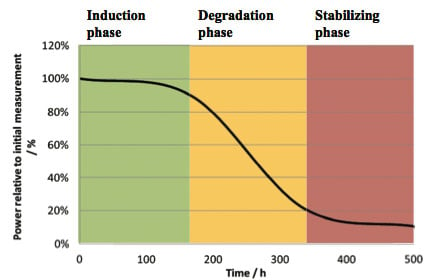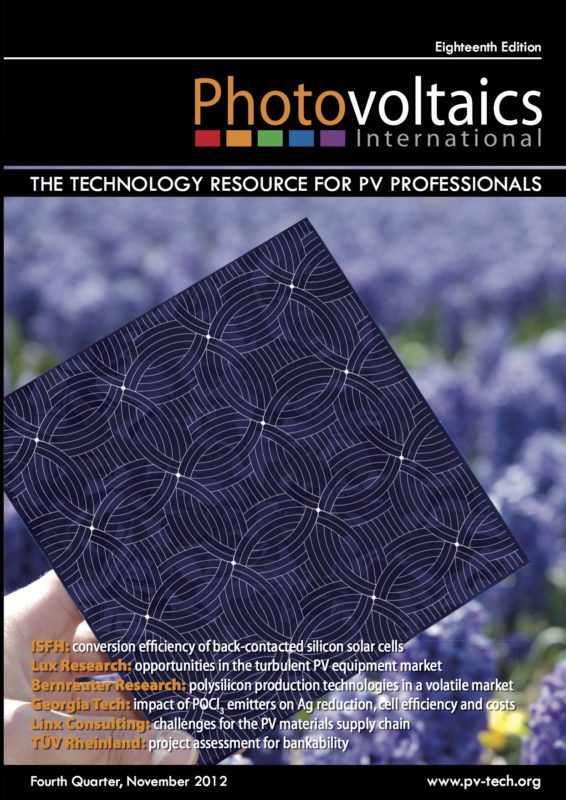By Simon Koch, PI-Berlin; Juliane Berghold, Head of R&D, PI-Berlin; Paul Grunow, Member of the Board and Senior Consultant., PI-Berlin
Because potential-induced degradation (PID) can cause power losses of more than 30% for modules out in the field, there has already been an extensive effort placed on avoiding this adverse phenomenon. A key feature at the cell level is the silicon nitride (SiNx) anti-reflective coating (ARC). Apart from the known dependency of PID susceptibility on the refractive index, the impact of the deposition parameters has also been under investigation. This paper illustrates the influence of different silicon nitrite layers and their ability to prevent PID. A large number of cells and modules were therefore manufactured, differing only in the type of ARC. The modules were subsequently PID tested under three different climatic conditions, and acceleration factors and activation energies were determined from these tests. In addition this paper presents the results of addressing the weak-light performance and the hot-spot risk of panels after PID exposure. Finally, the reversibility of PID was also investigated in relation to the state of degradation of these samples.



